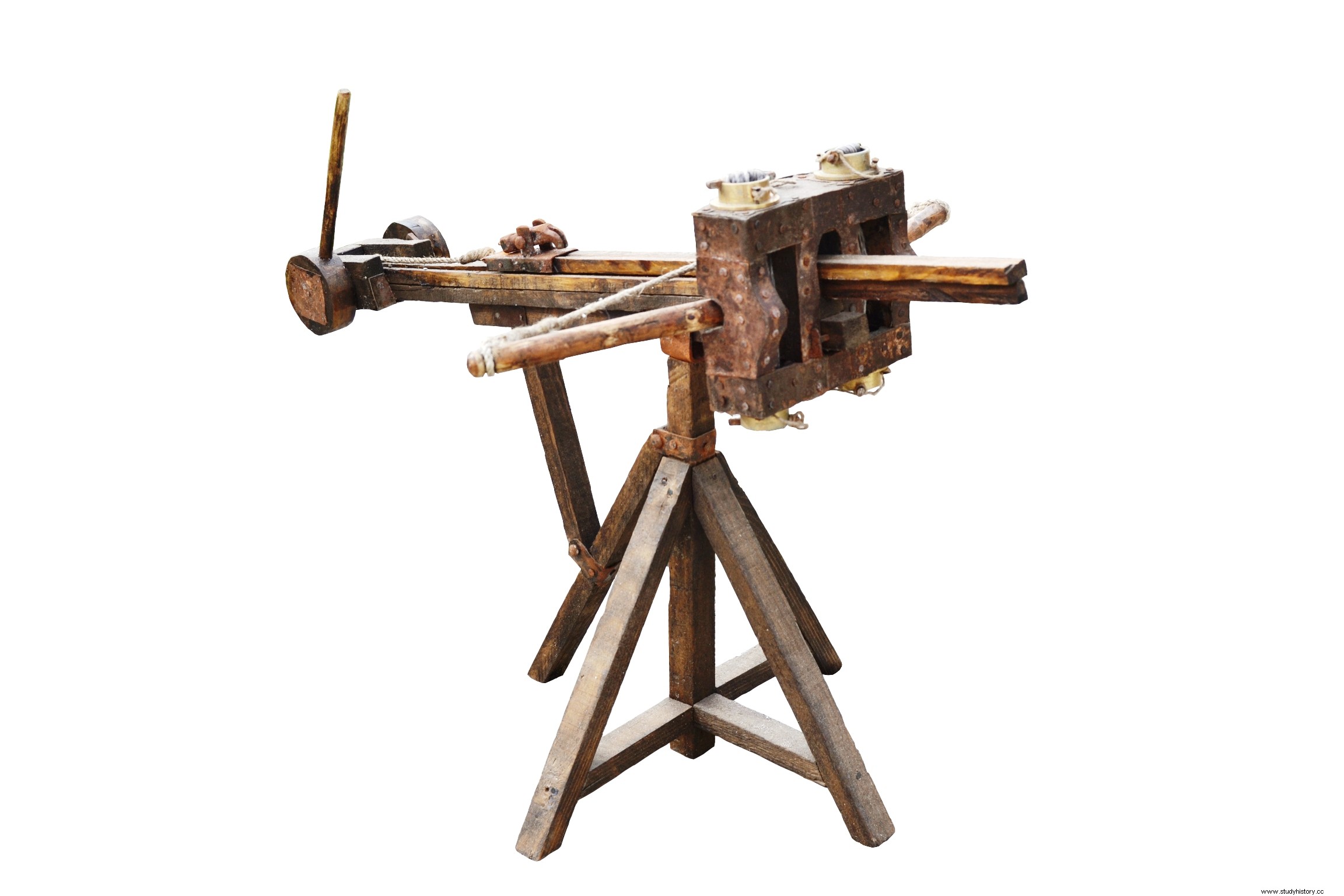From the hand of the military historian Rubén Sáez we start a new section called Building the story . In addition to being the author of several books, my countryman Rubén is responsible for Trebuchet Park in Albarracín (Teruel) , a theme park, an international benchmark in the field of research and dissemination, dedicated to the siege engines used throughout history by the various armies to attack strongholds. Throughout the visit, the public can see a wide repertoire made up of more than 50 full-scale sugar mills in operation.
SCORPIO-TYPE CATAPULT (1ST CENTURY B.C)
The scorpio-type catapult It was the most common of the Roman torsion artillery pieces due to its small size and weight, which was between 30 and 40 kilos. Its widespread use was due to the fact that, thanks to its peculiar design, it was possible to disassemble it into three different pieces. This facilitated transportation tasks, also allowing its use in pitched battles. It was designed to shoot small arrows, between 70 and 90 centimeters in length. Made of wood, they were equipped with a very sharp iron point, so that they could pierce the soldiers' armor without any problem.

The precision of this machine was such that it could hit individual targets at a distance of 500 meters. Hence, it was nicknamed scorpion, due to the lethal nature of its sting, similar to that of this animal. The specimen, reconstructed here, corresponds to the archaeological remains found in Caminreal (Teruel) and which are the most complete of those found to date.
